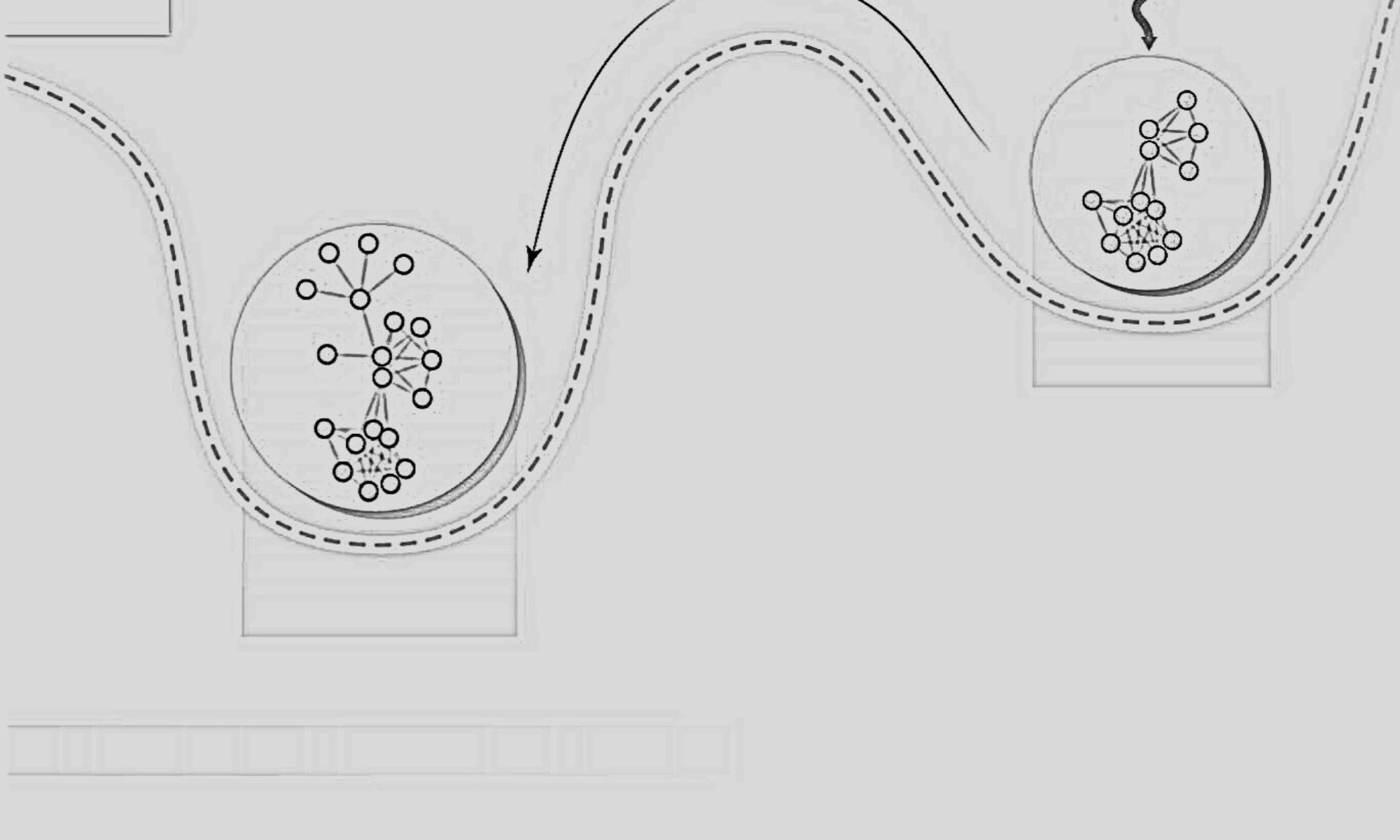Using sparse tensor decomposition, CBIOMES-SCOPE study reveals complex physiological responses of prominent cyanobacteria species to simultaneous nitrogen and iron scarcity.
Reporting by Helen Hill for CBIOMES
In a new study published in Science Advances, CBIOMES researchers Stephen Blaskowski and Ginger Armbrust, together with Marie Roald (National Library of Norway), and Paul M. Berube, and Rogier Braakman (MIT), have unveiled critical insights into how open ocean cyanobacteria simultaneously acclimate to nitrogen and iron scarcity. This research, leveraging advanced computational techniques, sheds light on the adaptive strategies of these vital marine microorganisms and their implications for global biogeochemical cycles.
The study focuses on two prominent cyanobacteria species, Prochlorococcus and Synechococcus, which are keystone photosynthetic microbes in marine ecosystems. These organisms play a crucial role in primary production, accounting for approximately 20-25% of total marine primary production. Despite their shared ancestry, Prochlorococcus and Synechococcus exhibit significant genetic and phenotypic diversity, allowing them to thrive in various oceanic environments.
To understand how these cyanobacteria respond to nutrient scarcity, the researchers developed a novel sparse tensor decomposition method. This technique analyzes complex RNA sequencing data from whole microbial communities, identifying gene co-expression patterns that reveal physiological adjustments to environmental changes. By applying this method to metatranscriptomes of Prochlorococcus and Synechococcus, the team uncovered coordinated responses to simultaneous nitrogen and iron scarcity.
One of the key findings of the study is the identification of increased expression of nutrient transporter genes. These genes enable cyanobacteria to efficiently uptake scarce nutrients, ensuring their survival in nutrient-poor conditions. Additionally, the researchers observed significant restructuring of photosynthesis and carbon metabolism pathways, which are essential for energy production and growth. These adaptations highlight the remarkable flexibility of cyanobacteria in optimizing their metabolic processes under nutrient stress.
The study also revealed that both Prochlorococcus and Synechococcus populations experience simultaneous nitrogen and iron stresses in a transition zone between North Pacific oceanic gyres. This region, characterized by fluctuating nutrient availability, serves as a natural laboratory for studying microbial responses to environmental pressures. The expression profiles of identified gene clusters suggest that cyanobacteria in this zone have developed sophisticated mechanisms to cope with dual nutrient limitations.
Furthermore, the researchers discovered that cyanobacteria mitigate oxidative stress through coordinated gene expression changes. Oxidative stress, caused by nutrient scarcity, can damage cellular components and impair metabolic functions. By upregulating genes involved in antioxidant defense, cyanobacteria protect themselves from the harmful effects of oxidative stress, ensuring their continued survival and productivity.
The implications of this research are profound, particularly in the context of climate change and ocean health. As global temperatures rise and nutrient dynamics shift, understanding the adaptive capacity of cyanobacteria is crucial for predicting the future of marine ecosystems. The study underscores the importance of incorporating nutrient stress responses into models that forecast the impacts of climate change on marine primary production.
Moreover, the findings have significant implications for biogeochemical cycles. Cyanobacteria play a vital role in carbon and nutrient cycling, influencing the overall health and productivity of ocean ecosystems. By elucidating the mechanisms of nutrient acclimation, this research provides valuable insights into how cyanobacteria contribute to these cycles under varying environmental conditions.
Finally, Blaskowski and his colleagues have made a substantial contribution to our understanding of cyanobacteria ecology and their adaptive strategies. Their innovative use of sparse tensor decomposition has revealed the complex physiological responses of these microorganisms to simultaneous nitrogen and iron scarcity. As we face the challenges of a changing climate, this study offers critical insights that will inform future research, conservation efforts, and predictive models of marine ecosystem dynamics.
This research not only advances our knowledge of cyanobacteria but also highlights the importance of considering nutrient stress responses in ecological and conservation studies.
“The methodology we developed can be used to analyze similarly complex datasets, and is not limited to sequence data,” says Blaskowski. “It’s also applicable to proteomics and metabolomics, and potentially more diverse datasets as well.” By uncovering the adaptive potential of these keystone species, Blaskowski and his team have paved the way for more accurate predictions of marine ecosystem responses to environmental changes, ultimately contributing to the preservation of ocean health and biodiversity.
Publication:
Stephen Blaskowski, Marie Roald, Paul M. Berube, Rogier Braakman, and E. Virginia Armbrust (2025), Simultaneous acclimation to nitrogen and iron scarcity in open ocean cyanobacteria revealed by sparse tensor decomposition of metatranscriptomes, Science Advances, doi: 10.1126/sciadv.adr4310


